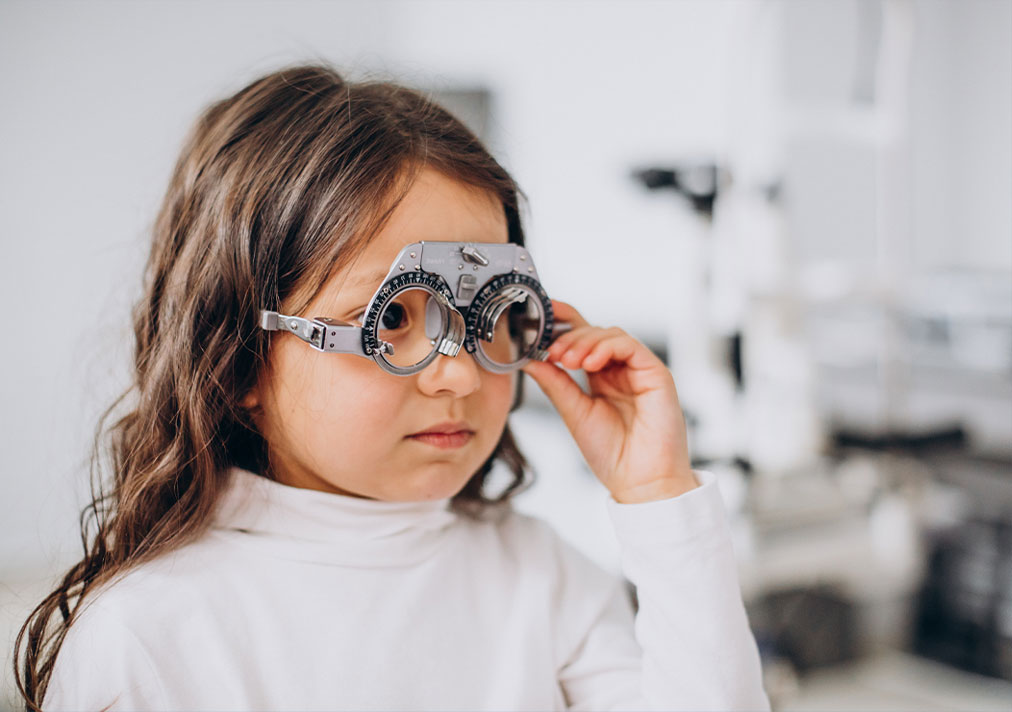Part 1: Red vs. Blue Light for Screens – Which is Better for Your Eyes?
The Benefits of Red Light
Gentle on the Eyes:
Red light is less straining, especially in low-light conditions, making it easier on your eyes.
Promotes Relaxation:
It helps maintain your circadian rhythm, promoting better sleep and relaxation.
Drawbacks of Red Light:
Reduced Alertness:
Not ideal for tasks that require high focus and concentration.
Possible Eye Strain:
Prolonged exposure may still lead to discomfort over time.
The Benefits of Blue Light
Boosts Productivity:
Blue light increases alertness and productivity during the day.
Enhances Focus:
Ideal for detailed tasks that demand high concentration.
Drawbacks of Blue Light:
Disrupts Sleep:
Can interfere with melatonin production, making it harder to fall asleep.
Morning Fatigue:
Overexposure in the evening can lead to morning fatigue.
Part 2: The Impact of Prolonged Screen Exposure on Eye Health
How Screen Time Affects Your Eyes
Prolonged exposure to screens, especially for 8-9 hours a day, can cause significant eye strain. Here’s how:
Eye Fatigue:
Continuous focus on screens strains the ciliary muscles.
Dryness:
Reduced blink rates lead to dry, uncomfortable eyes.
Headaches:
Persistent focus can cause headaches and discomfort.
Strategies to Reduce Harm:
Maintain Distance:
Keep screens 20-26 inches away to reduce strain.
Adjust Settings:
Lower brightness and minimize glare.
20-20-20 Rule:
Every 20 minutes, take a 20-second break to look at something 20 feet away.
Artificial Tears:
Use eye drops to keep eyes moist and comfortable.
Part 3: Office Lighting – The Hidden Culprit
The Problem with Office Lighting
Harsh, bright overhead lighting can lead to:
Eye Strain:
Overstimulation from intense light.
Dry Eyes and Headaches:
Uncomfortable lighting conditions can exacerbate these issues.
Optimal Lighting Solutions:
Soft, Diffused Light:
Use desk lamps or natural light to create a comfortable environment.
Monitor Adjustments:
Position your screen to reduce glare and strain.
Increase Font Size:
Larger text can make reading easier and more comfortable.
Part 4: Exercises to Combat Screen-Induced Headaches
Simple Exercises for Eye Relief
Eye Palming:
Rub your palms together and gently place them over your closed eyes to relax them.
Blinking Exercises:
Set reminders to blink more frequently to keep eyes moist.
Eye Rolling:
Slowly roll your eyes in circular motions to relieve tension.
Focus Shifting:
Alternate your focus between objects at different distances to improve eye flexibility.
Near-Far Focus:
Shift your gaze between a nearby object and a distant one to reduce eye strain.
Part 5: Balancing Screen Time for Better Eye Health
Balancing screen light settings, taking regular breaks, and incorporating suitable office lighting can significantly enhance eye health and overall well-being. Implementing these strategies will help mitigate the negative effects of prolonged screen use, ensuring a more comfortable and productive environment. Embrace these habits to protect your eyes and maintain optimal vision health.




